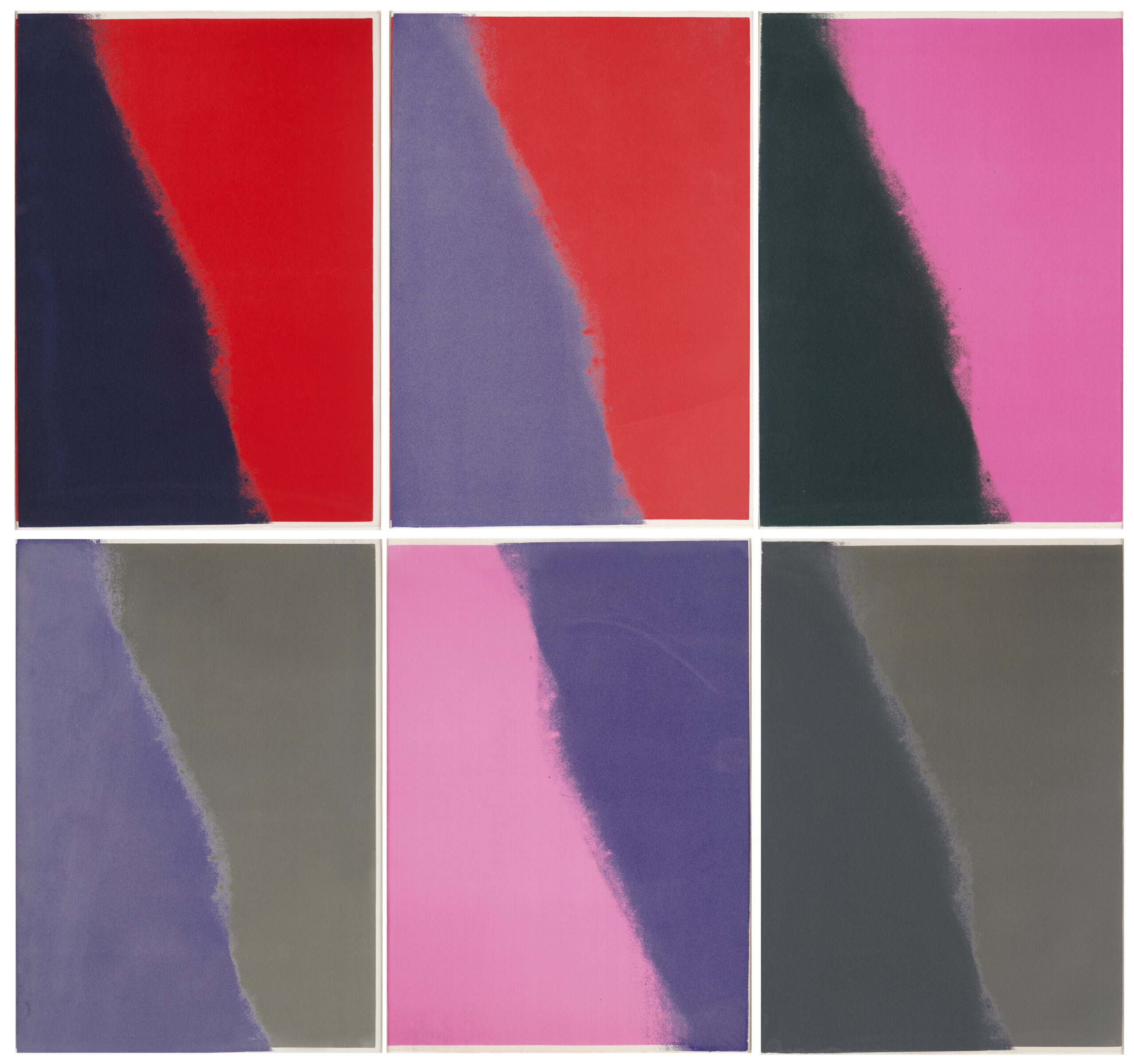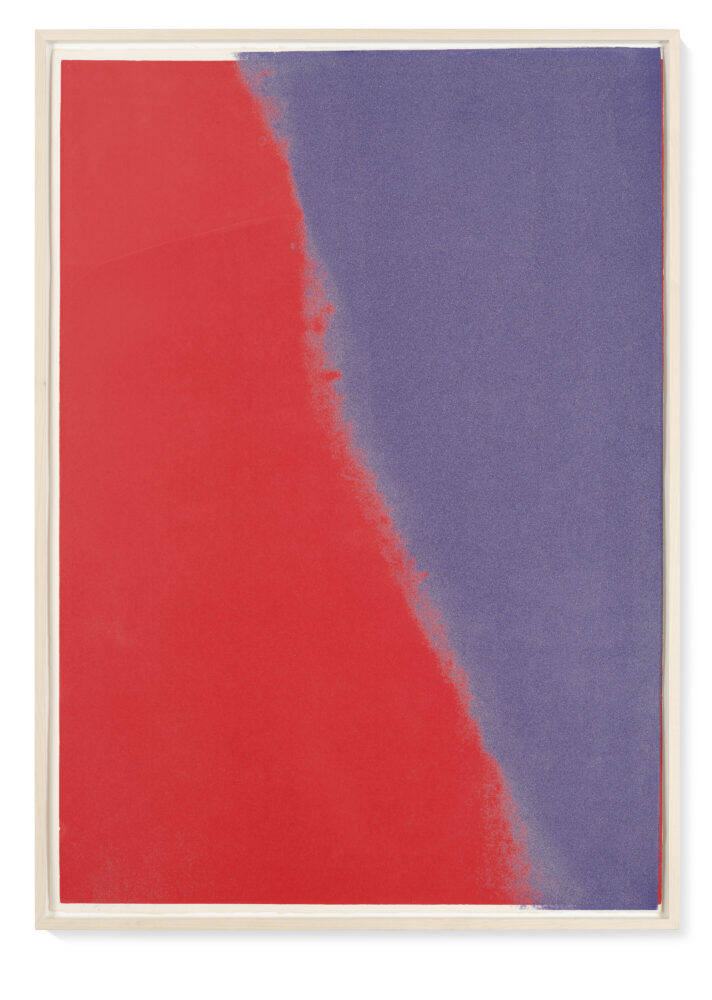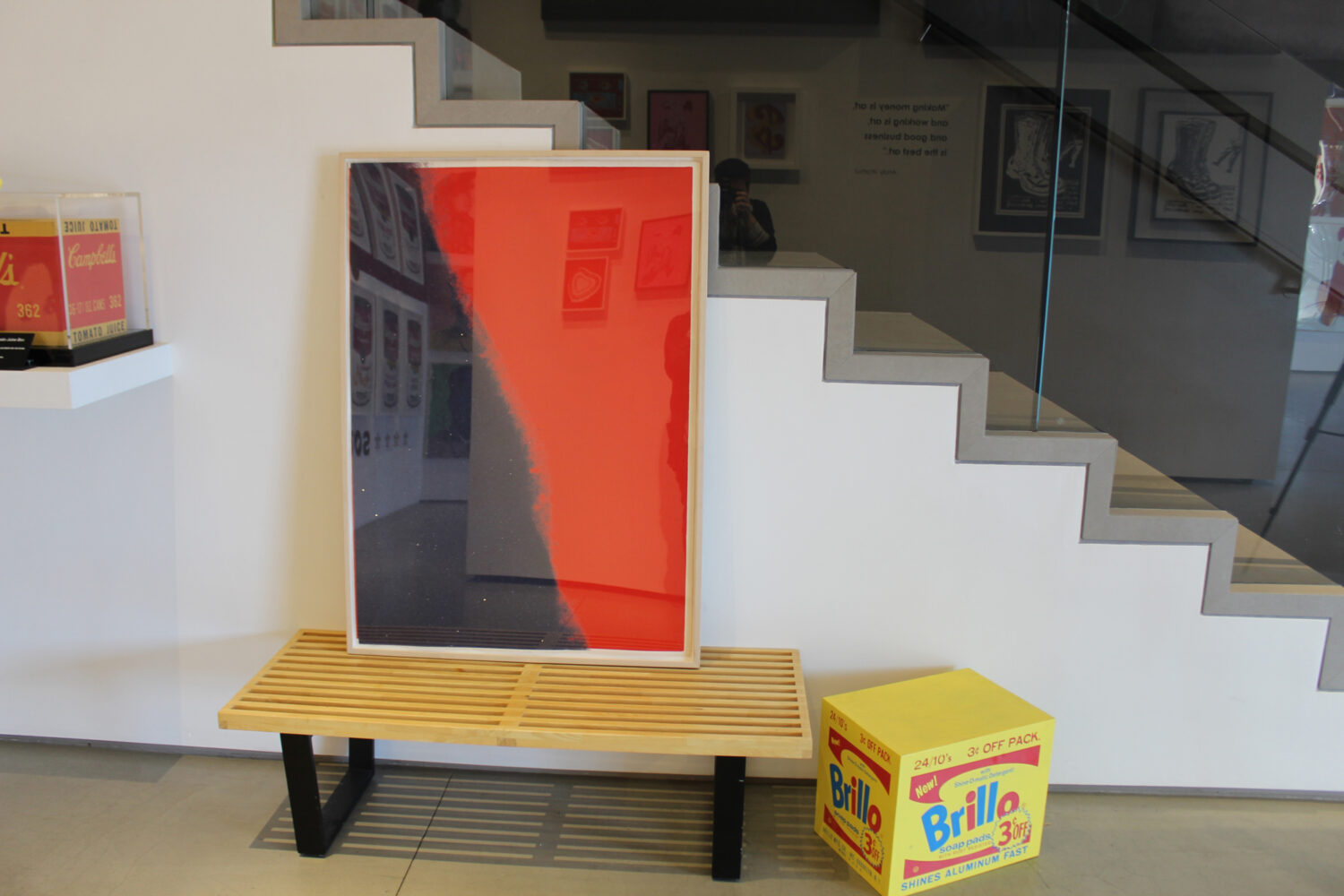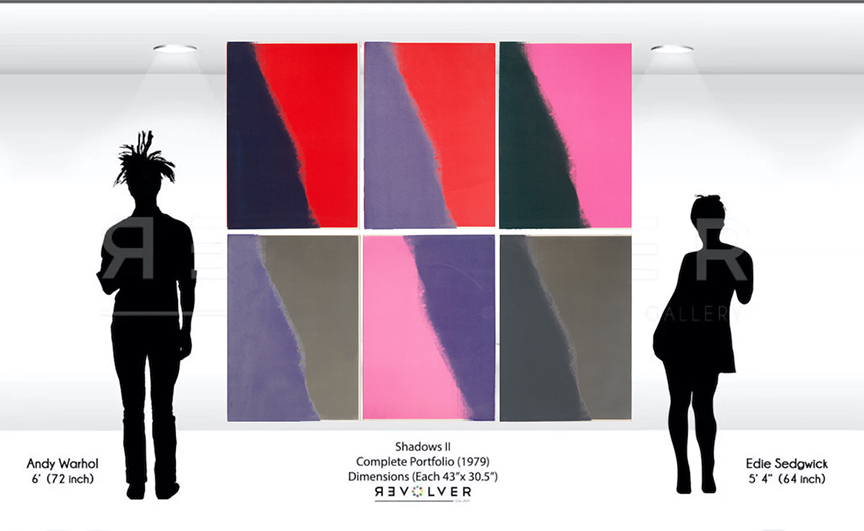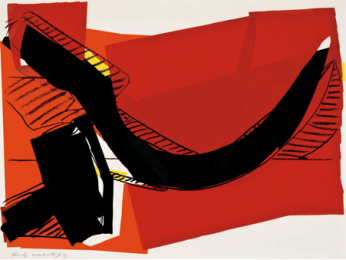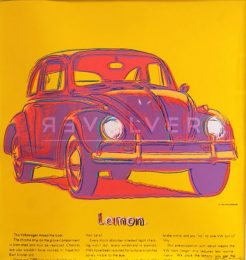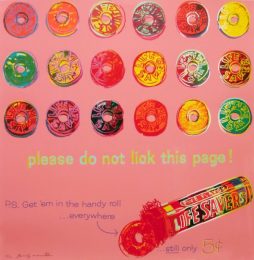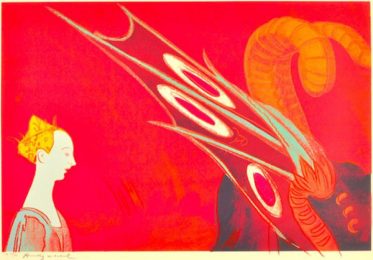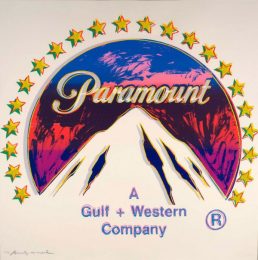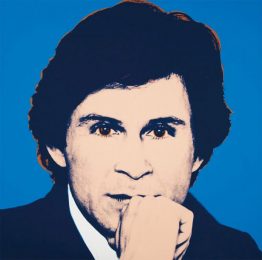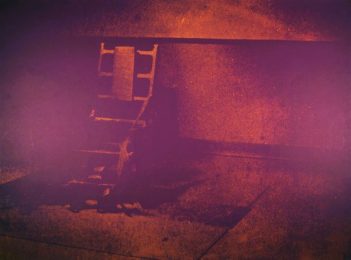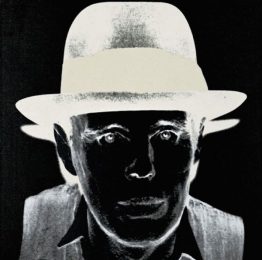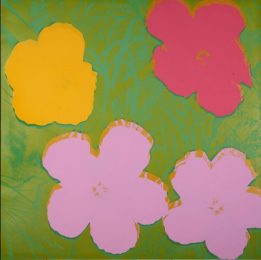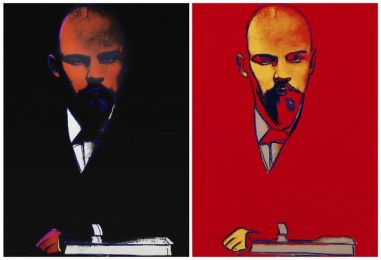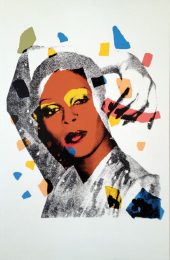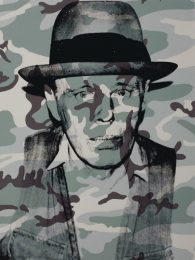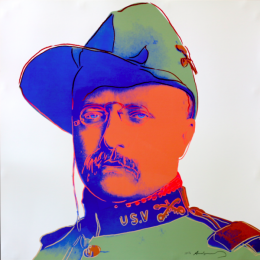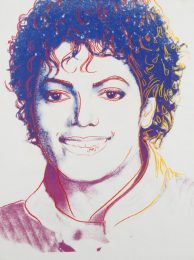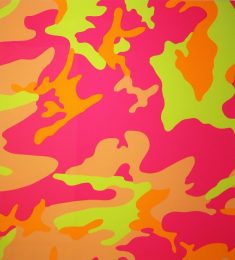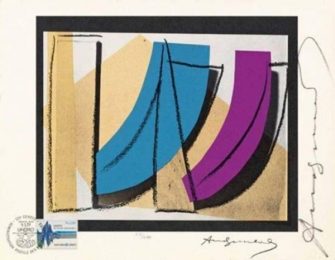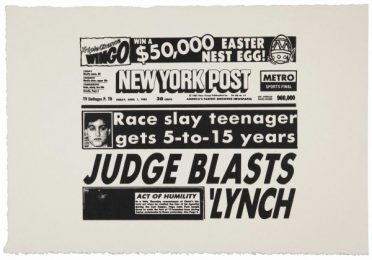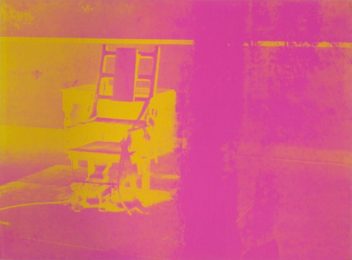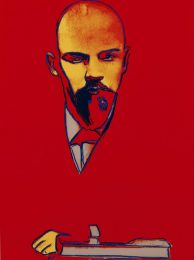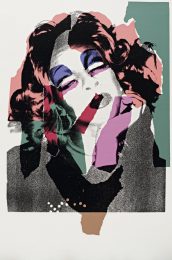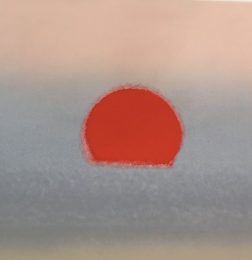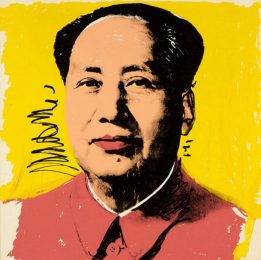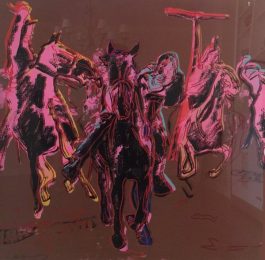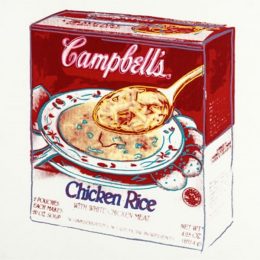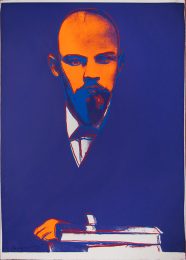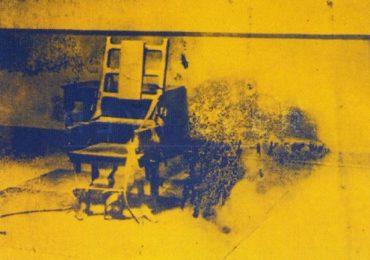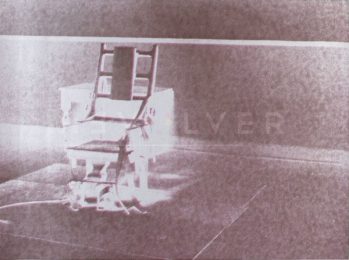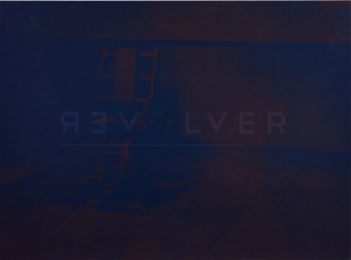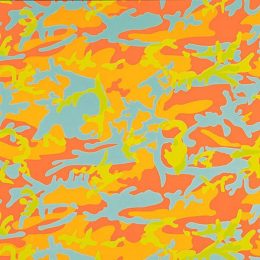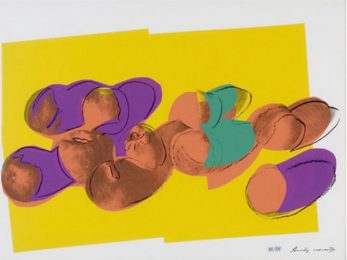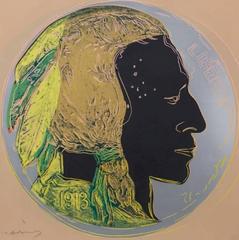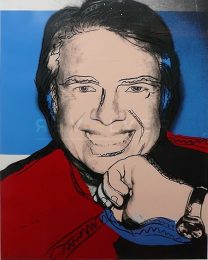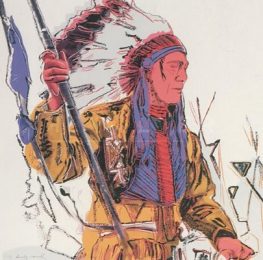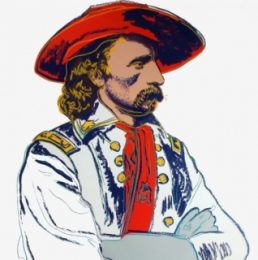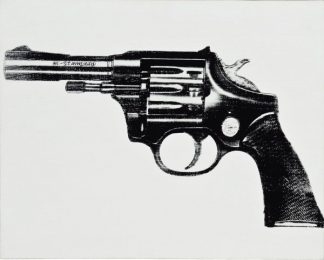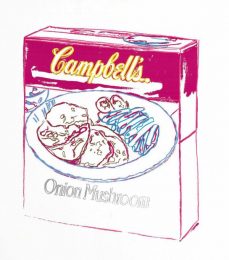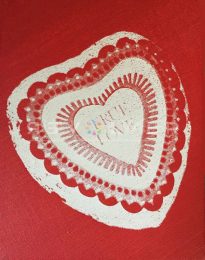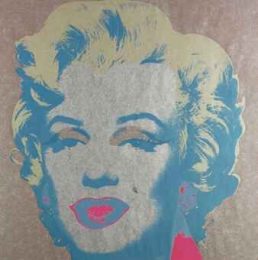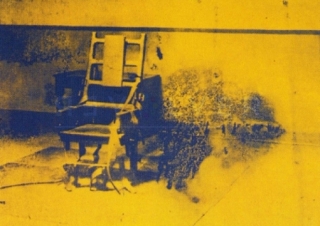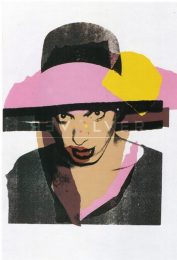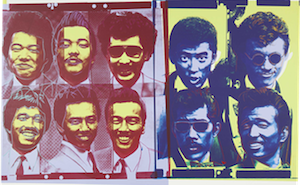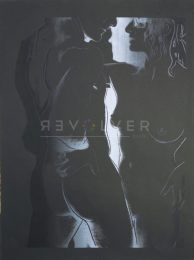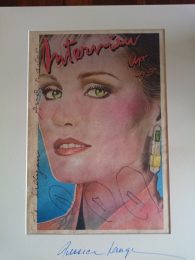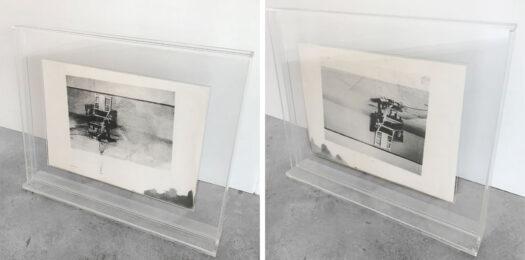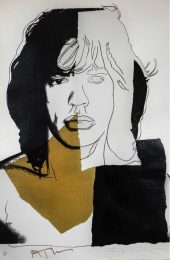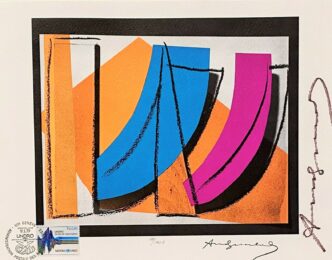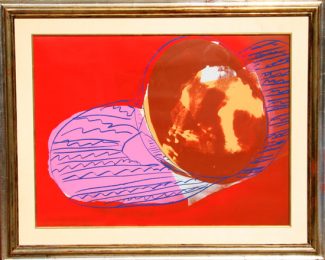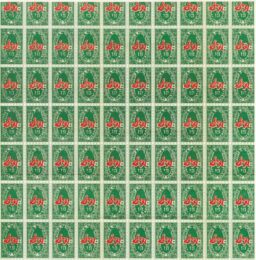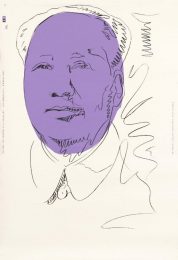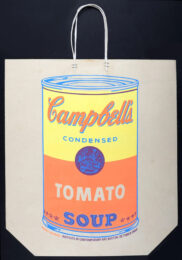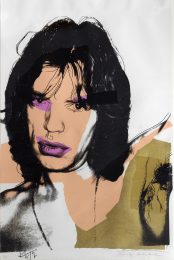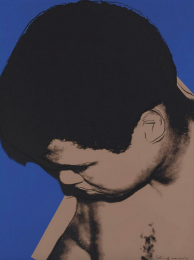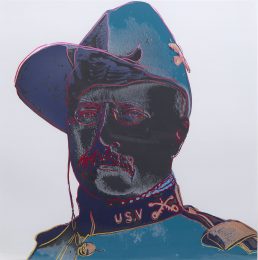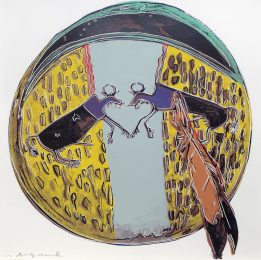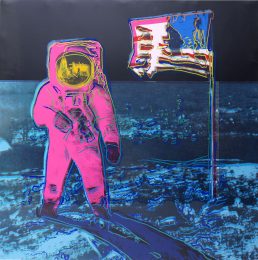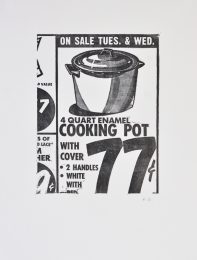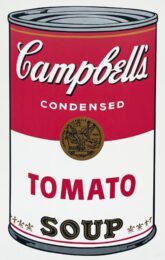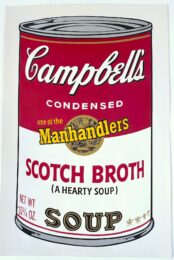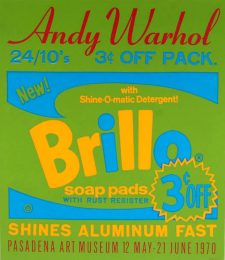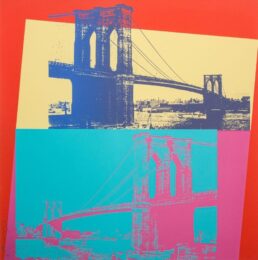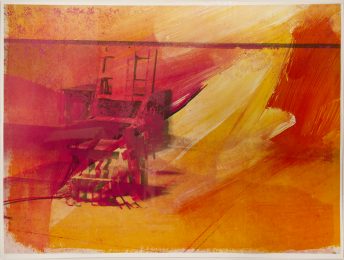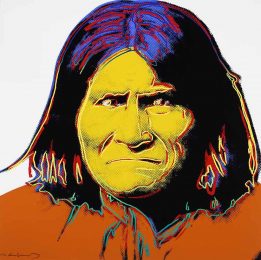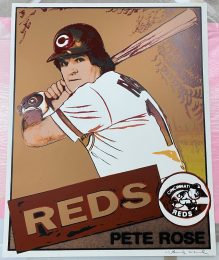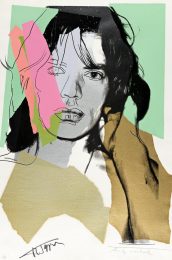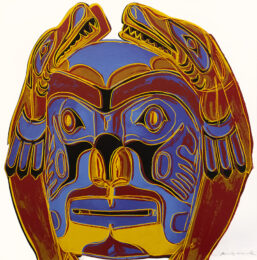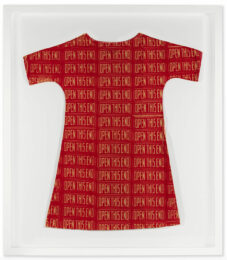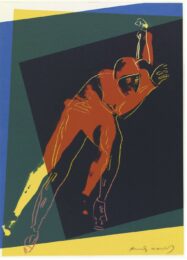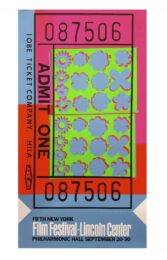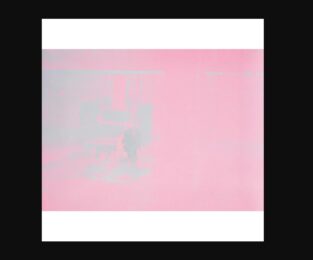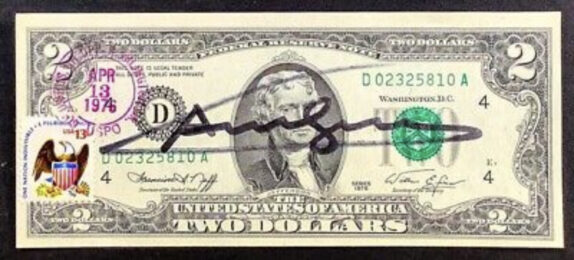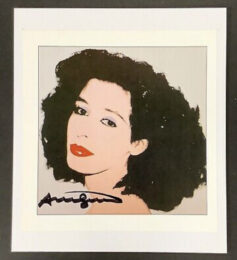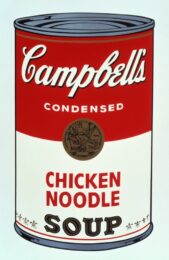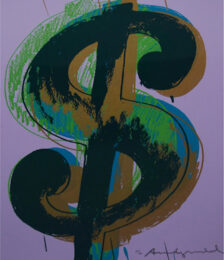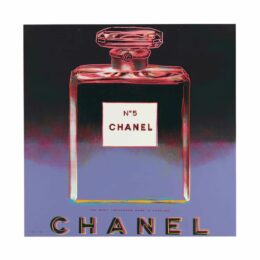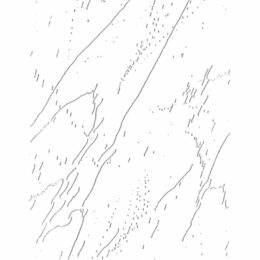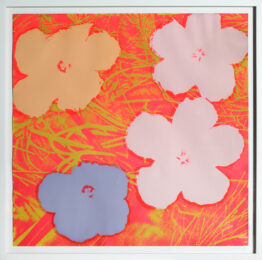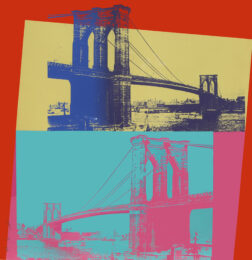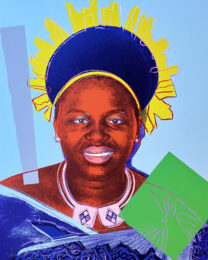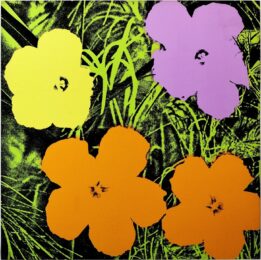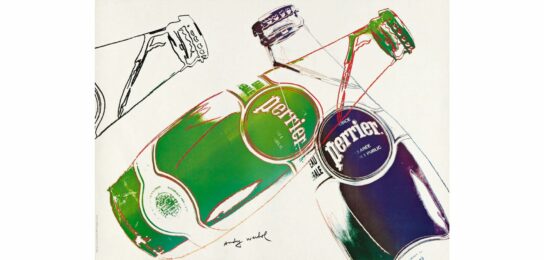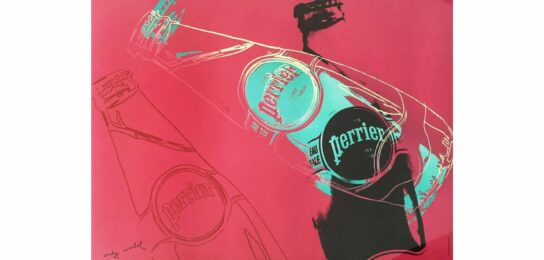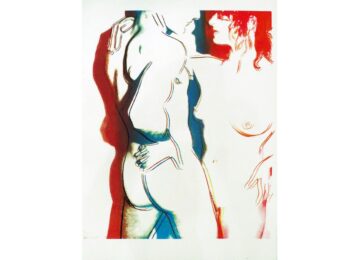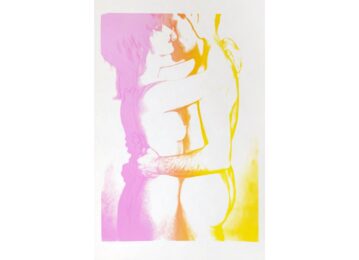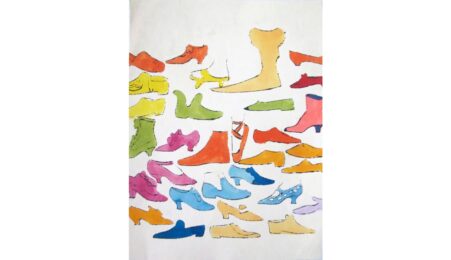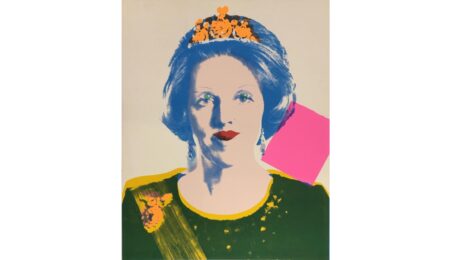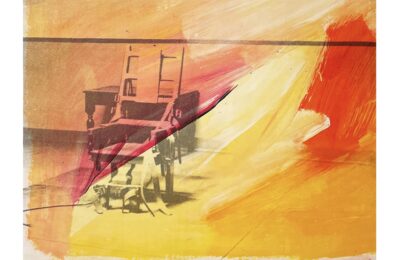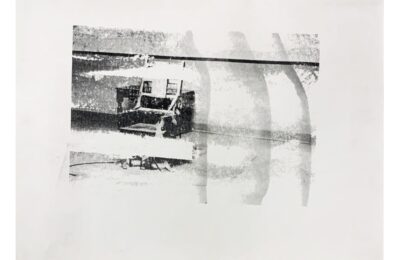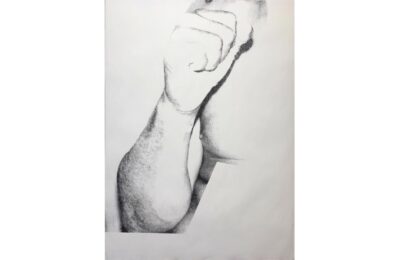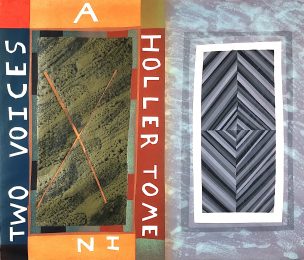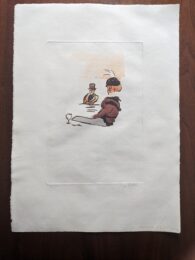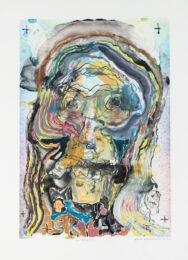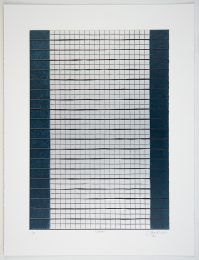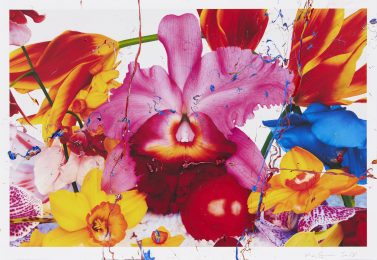Details — Click to read
The Shadows II complete portfolio by Andy Warhol is part of his larger Shadows series, which consists of 102 individual works installed to form one continuous piece. Each print from Shadows is unique, and the portfolios are assembled in mixed variations.
These obscure forms are each printed in varying colors throughout the massive series. The Shadows project was originally conceived as room decoration, referring to this multiple part work as “disco-décor”. The large scale and color Warhol used in this work kept the viewer guessing what the subject might be, without looking at the title. The use of black in most of the prints portrays a dark moody feeling throughout the series—a feeling is elevated by the work’s deviation from the majority of Andy Warhol’s catalog. At the time of the Shadows prints’ release, Warhol had been creating celebrity portraits and vibrant Pop Art images. Such a foray into dark, abstract art isolates the work from Warhol’s typical artistic tendencies. The Shadows II prints are big, dark, and colorful filmstrip-inspired images that evoke experimental film and the drones of the Velvet Underground. The work is mysterious and subtle, as only slight variations in shape and color separate each print from one another.
The Shadows II complete portfolio was published in 1979, in collaboration with Warhol’s “master” printer Rupert Jasen Smith. The same year, the Shadows works were exhibited at the Heiner Freidrich gallery in New York. According to MOCA director Philippe Vergne, Warhol himself never saw all 102 panels of the Shadows portfolio together. He gave no instructions on the order in which to hang them and the pieces are not numbered; they are meant to be hung at random. Perhaps leaving room for play, Warhol allowed viewers to have a new experience each time the panels are installed. This idea evokes a new concept, which is not seen in any of Warhol’s other works, as most of his pieces—although they are organized into portfolios—are perfectly appropriate to hang individually. Vergne also said that Warhol “dreamed” of having the Shadows works grace the walls of Studio 54, where they would realize their true form as “disco-décor,” as Warhol called it. Moreover, Warhol did use the Shadows works as a backdrop in a fashion photoshoot for Interview magazine.
Philippe Vergne describes Warhol’s Shadows suites as, “the line between the American dream and the American death. They are as dark as they are glamorous.” The individual interpretation each viewer has with the work makes this a powerful series in that unlike Warhol’s other works, Shadows is less straightforward nor is it meant to showcase a Pop Art technique. The orginal 74 x 52 inch canvases reinforce the American ideal of “bigger is better.” Perhaps the abstract depiction could trigger us to believe Warhol was pointing out that for most things in life we believe that bigger is better, and that he did not feel the need to showcase actual objects that fit this phrase. The Shadows II complete portfolio includes (FS II.210-215). The greater Shadows print series includes Shadows I (FS II.204-209), Shadows II (FS II.210-215), Shadows III (FS II.216-221), Shadows IV (FS II.222-223) and Shadows V (FS II.224-225).
THE SHADOWS II COMPLETE PORTFOLIO AS PART OF ANDY WARHOL’S LARGER BODY OF WORK
Warhol is well known for his images of popular culture and the repetition of those images. Although Shadows II diverts from the traditional mass media objects that Warhol famously created, the series illustrates his interest in creating works that all bear the same compositional aspects, yet are still able to hold onto their individual uniqueness. Unlike many of his other works, the various pieces of Shadows are only fully appreciated when all showcased in unison. Warhol published Shadows II in 1979 under his own name in collaboration with his preferred printer, Rupert Jasen Smith, who also inspired Warhol to use diamond dust. The sparkling effect of diamond dust can be seen in other works like Warhol’s Double Mickey Mouse, Shoes, and Grapes.

